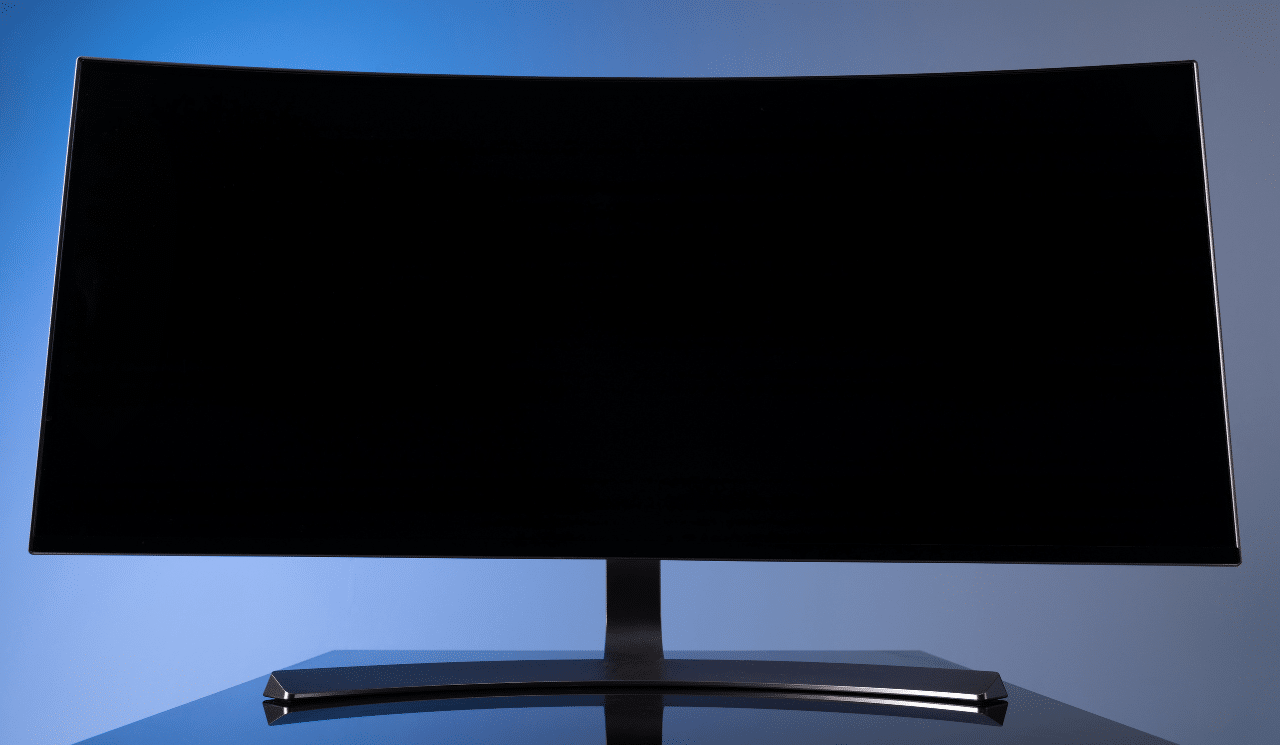If you’re a PC gamer, work from home or are simply a computer user, you know that a good monitor is essential to getting the most out of your system. A high-quality monitor can make all the difference in terms of image quality and productivity. One question that often comes up when it comes to monitors is whether it is worth upgrading to an LED monitor. In this article, we will look at the differences between LCD and LED monitors and whether upgrading to an LED monitor is worth it.
LCD monitors have been around for many years and are still the most common type of monitor on the market. They use a technology called liquid crystal display (LCD) to display images on the screen. LCD monitors are known for their image quality and colour accuracy. They are also relatively inexpensive, which makes them a popular choice for many people.
However, LCD monitors also have their drawbacks. One of the biggest drawbacks is their power usage. LCD monitors use fluorescent tubes to light the screen, which can consume a lot of power. This can be a problem if you are trying to save energy or if you have a limited power supply. Another drawback is that they can suffer from image persistence, which means that the image on the screen can become “burned in” if it is displayed for too long.

LED monitors, on the other hand, use light-emitting diodes (LEDs) to light the screen. This technology is more energy-efficient than fluorescent tubes, which means that LED monitors consume less power. They are also known for their bright, vivid colours and excellent contrast. LED monitors are also more environmentally friendly because they do not contain mercury, which is a toxic substance that is commonly found in fluorescent tubes.
LED monitors have several advantages over LCD monitors. They are more energy-efficient, which means that they can save you money on your electricity bill over time. They also produce less heat, which can be beneficial if you are working in a small or poorly ventilated room. Additionally, LED monitors are generally thinner and lighter than LCD monitors, which can make them easier to move around and set up.
However, LED monitors also have their disadvantages. They can be more expensive than LCD monitors, which can be a concern if you are on a budget. Additionally, LED monitors can suffer from backlight bleeding, which means that the light from the LEDs can bleed through to other parts of the screen, causing uneven lighting. Another disadvantage is that they can have a limited viewing angle, which means that the image on the screen can appear distorted if you are not looking at it from the correct angle.
In conclusion, whether it is worth upgrading to an LED monitor depends on your specific requirements. If you are looking for a monitor that is energy-efficient, produces bright, vivid colours, and is more environmentally friendly, then an LED monitor may be a good choice for you. However, if you are on a budget or if you are looking for a monitor with a wider viewing angle, then an LCD monitor may be a better option. Ultimately, the decision comes down to personal preference and your specific needs.





